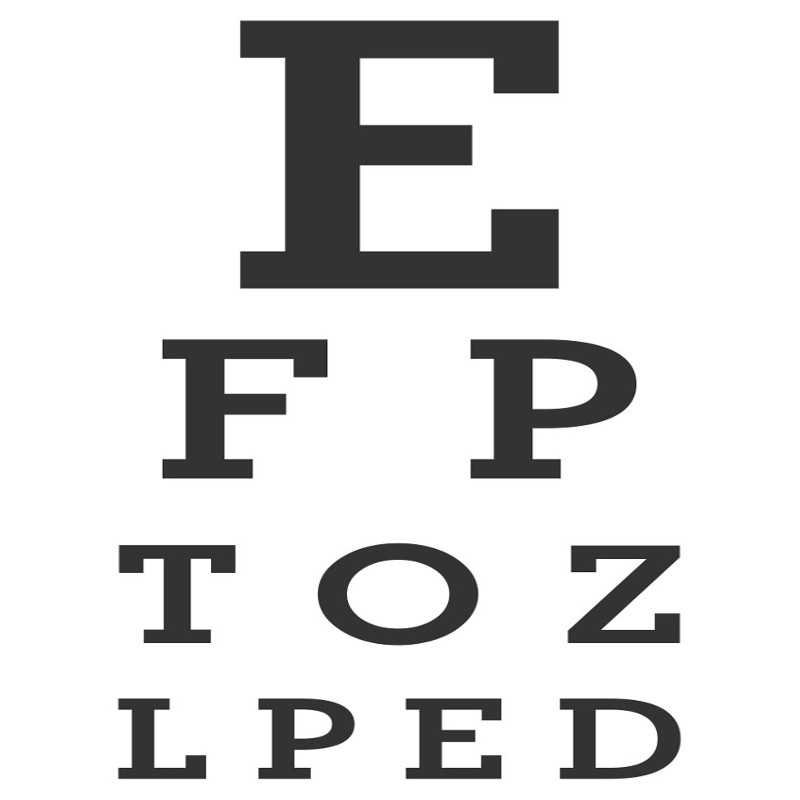Grey Bruce Public Health, in collaboration with Lions Club volunteers, will begin conducting publicly funded vision screenings at Bluewater District School Board schools this month, after successfully launching the in-school program at Bruce Grey Catholic District School Board schools in the fall.
The program involves senior kindergarten students completing three simple, non-invasive tests, designed to help identify the most common vision impairments in young children. Trained volunteers with District A-9 of Lions Club International will conduct the tests, overseen by Public Health.
“Thanks to our partnerships with the local Lions Club and Bruce Grey Catholic District School Board, we were able to successfully screen senior kindergarten students at all ten Catholic Board elementary schools this fall,” said Chimere Okoronkwo, Senior Public Health Manager at Grey Bruce Public Health.
“We are now gearing up to bring this service to Bluewater schools, with a plan to see nearly 1,300 senior kindergarten students between the last week of March and mid-May.”
Parent/guardian letters will be sent home with senior kindergarten students before the clinic dates at their school.
The screening, which will take place during the school day, helps to identify vision impairments such as Amblyopia (sometimes called ‘lazy eye’), Reduced Stereopsis (inability to recognize depth), Strabismus (more commonly known as ‘eye turn’), and Refractive Vision Disorder (such as nearsightedness, farsightedness, and astigmatism).
About 80% of what a child learns in school is information that is presented visually, according to the Canadian Association of Optometrists. However, vision problems may go undetected in early childhood because children cannot always recognize that they have vision problems.
Early identification and treatment of vision conditions that can have few or no visible symptoms can play a significant role in healthy childhood development.
Screening results will be sent home with students in a letter that also encourages families to contact an optometrist about booking a routine comprehensive eye examination for their child.
The in-school vision screening is not meant to replace annual comprehensive eye exams with an optometrist and is not designed to detect all vision problems.
The Canadian Association of Optometrists recommends that children undergo at least one eye examination between the ages of two and five and that children aged five to 19 receive an eye exam annually. In Ontario, yearly eye exams are covered by OHIP until a person turns 20 years old.
The Ontario Public Health Standards provides a mandate for public health units in Ontario to develop visual health programs and services.












